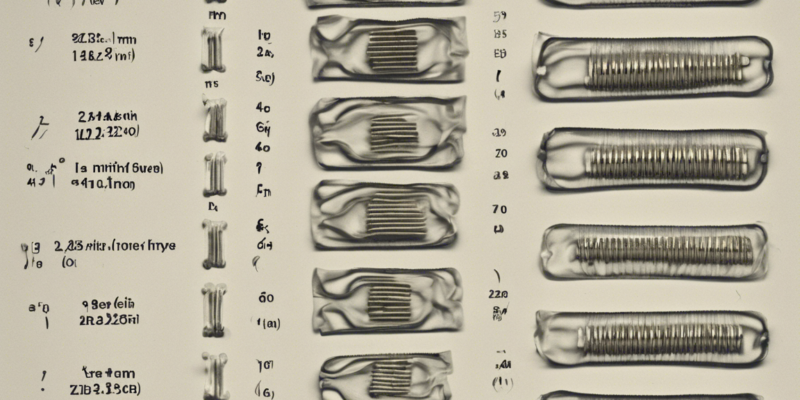Have you ever found yourself in a situation where a recipe calls for ingredients in grams, but you only have measuring cups available? Or perhaps you’ve come across a recipe that lists the amount of a certain ingredient in grams, but you’re more accustomed to measuring in ounces or cups. Understanding the conversion between grams and ounces, specifically in the context of a “zip,” can make your cooking and baking adventures much smoother.
Grams vs. Ounces
Before diving into “grams in a zip,” let’s establish a fundamental understanding of grams and ounces. Grams and ounces are two common units of measurement for weight, with grams being the metric unit and ounces belonging to the imperial system. While grams are used universally in most countries, ounces are predominantly used in the United States for cooking and baking measurements.
- 1 gram is equivalent to approximately 0.035 ounces.
- 1 ounce is approximately 28.35 grams.
What is a Zip?
In culinary terms, a “zip” refers to a specific quantity of an ingredient that is measured in grams. This term is more commonly used in professional kitchens or by experienced chefs who prefer precision in their recipes. While the exact weight of a zip can vary depending on the ingredient or the recipe, it is typically around 28 grams.
Converting Grams to a Zip
When a recipe calls for an ingredient to be measured in grams, and you want to convert it to zips, you need to understand the ratio between the two measurements. As mentioned earlier, a zip is approximately 28 grams. Therefore, to convert grams to zips, you can use the following formula:
- Number of zips = Number of grams / 28.
For example, if a recipe requires 56 grams of flour, you can calculate the equivalent amount in zips by dividing 56 by 28, which equals 2 zips.
Using Measuring Cups
If you prefer using measuring cups instead of a kitchen scale, you can also convert grams to cups for certain ingredients. While this method may not be as precise as weighing ingredients, it can still provide satisfactory results in most recipes. Here are some common conversions for popular ingredients:
- 1 cup of all-purpose flour is approximately 120 grams.
- 1 cup of granulated sugar is around 200 grams.
- 1 cup of butter equals about 225 grams.
Keep in mind that these conversions are approximate, as the density of each ingredient can vary. It’s always best to weigh your ingredients for the most accurate results, especially when baking.
Benefits of Using a Scale
While measuring cups can be convenient, using a kitchen scale offers several advantages, especially when dealing with precise measurements like zips. Here are some reasons why investing in a kitchen scale can elevate your cooking and baking experience:
- Accuracy: A kitchen scale provides precise measurements, ensuring consistency in your recipes.
- Versatility: You can easily switch between grams, ounces, and other units of measurement with a scale.
- Ease of Use: Many modern scales come with user-friendly features like tare functions and various measurement units.
- Saves Time: Measuring ingredients by weight is often faster and simpler than using measuring cups.
Tips for Converting Measurements
When converting between grams, ounces, zips, and cups, it’s essential to keep a few tips in mind to ensure accuracy and successful results in your culinary endeavors:
- Use a reliable kitchen scale: Investing in a quality kitchen scale can make a significant difference in your cooking and baking outcomes.
- Consult conversion charts: Keep handy conversion charts or use online converters to quickly convert between different units of measurement.
- Weigh ingredients for precision: For complex recipes or when accuracy is crucial, always opt for weighing ingredients rather than measuring by volume.
- Practice consistency: Once you find a method that works for you, try to stick to it to maintain consistency in your cooking.
- Adjust based on the recipe: Some recipes may be more forgiving of slight measurement variations, while others require precise amounts for success.
Frequently Asked Questions (FAQs)
- Why are grams preferred over ounces in many recipes?
- Grams offer more accuracy and precision for measuring ingredients, especially in baking, where slight variations can impact the final product.
- Can I use a kitchen scale to measure liquids as well?
- While kitchen scales are primarily designed for solid ingredients, you can still use them to measure liquids by placing the container on the scale and resetting it to zero before adding the liquid.
- Is it necessary to convert measurements to zips if my recipe specifies grams?
- If precision is essential in your cooking or baking, converting grams to zips can ensure consistency and accuracy in your results.
- How can I convert zips back to grams if needed?
- Simply multiply the number of zips by 28 to get the equivalent weight in grams.
- Are there any specific ingredients where measuring by weight is crucial?
- Ingredients like flour, sugar, and butter are commonly measured by weight in recipes to achieve the desired texture and consistency.
By understanding the conversion between grams and zips, you can navigate recipes with confidence and precision, ensuring that your culinary creations turn out just right. Whether you choose to measure by weight or volume, having a grasp of these fundamental conversions will undoubtedly enhance your cooking and baking skills.


Comments